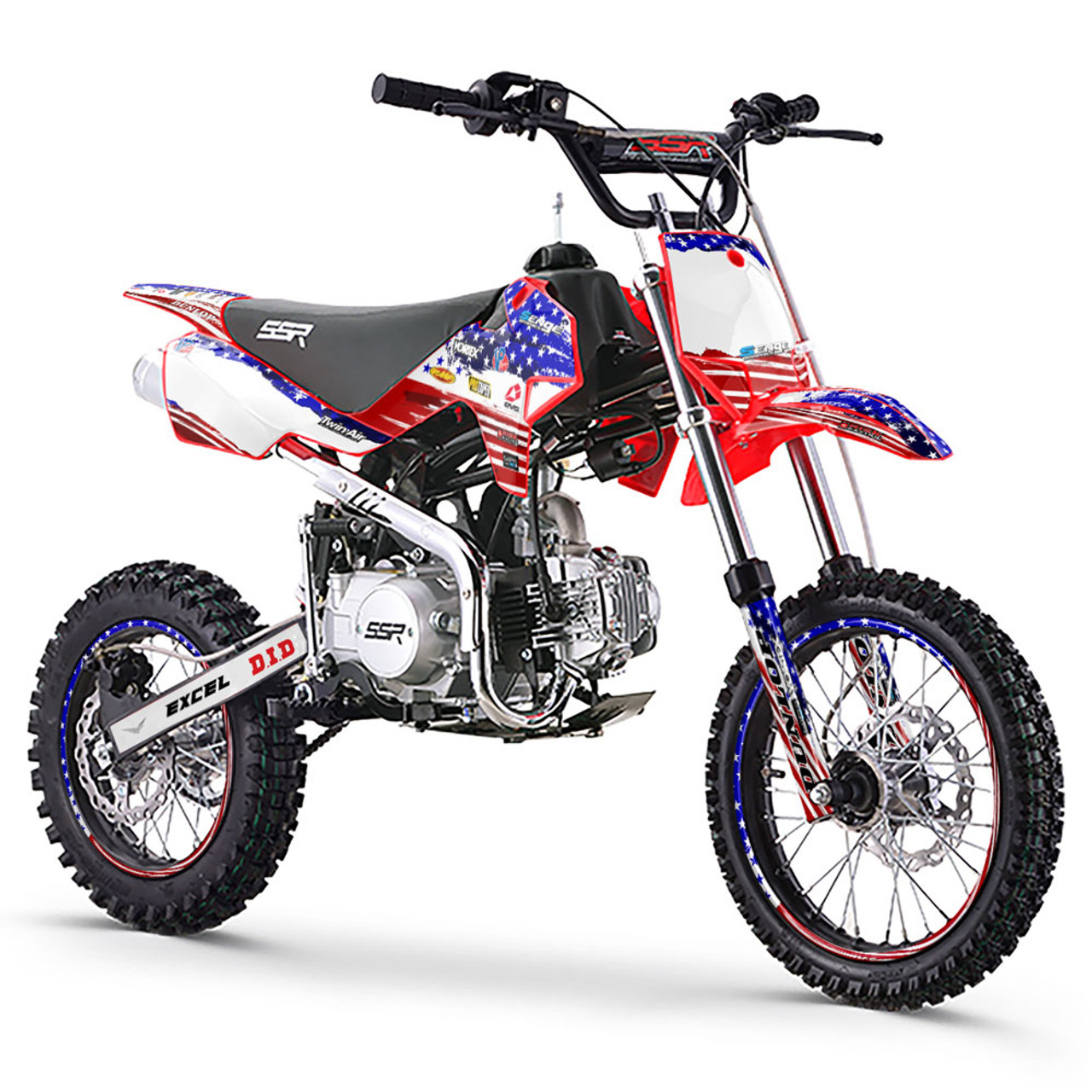graphics SSR: A Deep Dive into Server-Side Rendering for Enhanced Visual Experiences
Server-Side Rendering (SSR) has become a crucial technique for optimizing web application performance and Search Engine Optimization (SEO). While often discussed in the context of HTML and JavaScript, SSR’s impact extends significantly to graphics rendering, offering unique advantages for visually rich web experiences. This article delves into the world of Graphics SSR, exploring its benefits, challenges, and implementation strategies.
Understanding the Basics of SSR
Traditional client-side rendering (CSR) involves the browser downloading a minimal HTML page along with JavaScript code. The JavaScript then executes, dynamically generating the Document Object Model (DOM) and rendering the content. While this approach offers a rich and interactive user experience, it suffers from several drawbacks:

Slow Initial Load Time: The user has to wait for the JavaScript to download, parse, and execute before seeing any content. This can lead to a perceived sluggishness, especially on slower devices or networks.
SSR addresses these issues by rendering the initial HTML on the server. The server sends a fully rendered HTML page to the client, which can be immediately displayed by the browser. This results in:
Faster First Contentful Paint (FCP) and Largest Contentful Paint (LCP): Users see content much faster, improving the perceived performance.
Graphics SSR: Extending SSR to Visual Content

While SSR is commonly associated with text-based content, its principles can be extended to graphics rendering. Graphics SSR involves generating visual content, such as images, charts, and 3D models, on the server and delivering them as pre-rendered assets to the client. This approach offers several benefits:
Reduced Client-Side Processing
By rendering graphics on the server, the client’s processing load is significantly reduced. This is particularly beneficial for complex visualizations or resource-intensive graphics, especially on devices with limited processing power.
Improved Performance for Complex Graphics
Server-side rendering can leverage powerful server hardware to generate complex graphics much faster than client-side rendering. This can lead to significant performance improvements, particularly for applications involving real-time data visualization or interactive 3D graphics.
Consistent Visual Experience Across Devices
Graphics SSR ensures a consistent visual experience across different devices and browsers. By rendering graphics on the server, variations in client-side rendering capabilities are minimized, ensuring that all users see the same visual content.
Enhanced Accessibility
Server-rendered graphics can be more easily optimized for accessibility. For example, server-side image generation can automatically create alternative text descriptions for images, improving accessibility for users with visual impairments.
Implementation Strategies for Graphics SSR
Implementing Graphics SSR can involve various techniques, depending on the specific use case and the complexity of the graphics:
Server-Side Image Generation
For static images or charts, server-side image generation is a straightforward approach. Libraries like GD, ImageMagick, or Cairo can be used to generate images on the server, which are then served to the client.
Canvas Rendering on the Server
For more dynamic or interactive graphics, canvas rendering can be performed on the server using headless browsers or specialized libraries. The resulting image or canvas data can then be sent to the client.
WebGL Rendering on the Server
For 3D graphics or complex visualizations, WebGL rendering can be performed on the server using headless WebGL implementations. This allows for complex 3D scenes to be rendered on the server and delivered as images or textures to the client.
SVG Rendering on the Server
Scalable Vector Graphics (SVG) are ideal for vector-based graphics and can be easily rendered on the server. Libraries like librsvg can be used for server-side SVG rendering.
Challenges and Considerations
Implementing Graphics SSR also presents several challenges and considerations:
Server Load
Rendering graphics on the server can be computationally intensive, especially for complex visualizations or high traffic volumes. Careful planning and optimization are required to ensure that the server can handle the load.
Caching
Caching is crucial for optimizing the performance of Graphics SSR. Implementing appropriate caching strategies can significantly reduce server load and improve response times.
Complexity
Implementing Graphics SSR can be more complex than traditional SSR, requiring specialized libraries and expertise.
Real-time Updates
Handling real-time updates for server-rendered graphics can be challenging. Techniques like WebSockets or server-sent events can be used to push updates to the client.
Use Cases for Graphics SSR
Graphics SSR can be applied in various scenarios to enhance visual experiences:
Data Visualization
Server-side rendering can be used to generate complex charts and graphs, improving performance and ensuring consistency across devices.
E-commerce
Product images can be pre-rendered on the server, improving page load times and providing a smoother browsing experience.
Interactive Maps
Server-side rendering can be used to generate map tiles, improving performance and reducing client-side processing.
Gaming
Server-side rendering can be used to generate game assets or render game scenes, improving performance and enabling richer visual experiences.
3D Model Visualization
Complex 3D models can be rendered on the server and delivered as images or textures to the client, improving performance and enabling interactive 3D experiences.
Conclusion
Graphics SSR offers a powerful approach to enhance visual experiences on the web. By rendering graphics on the server, developers can improve performance, ensure consistency, and create more engaging user experiences. While implementing Graphics SSR presents certain challenges, the benefits it offers in terms of performance, SEO, and user experience make it a valuable technique for modern web development. As web applications become increasingly visually rich, Graphics SSR is poised to play an even more significant role in delivering exceptional user experiences. Further research and development in this area will likely lead to more efficient and streamlined implementation strategies, making Graphics SSR accessible to a wider range of applications and developers.
graphics ssr
